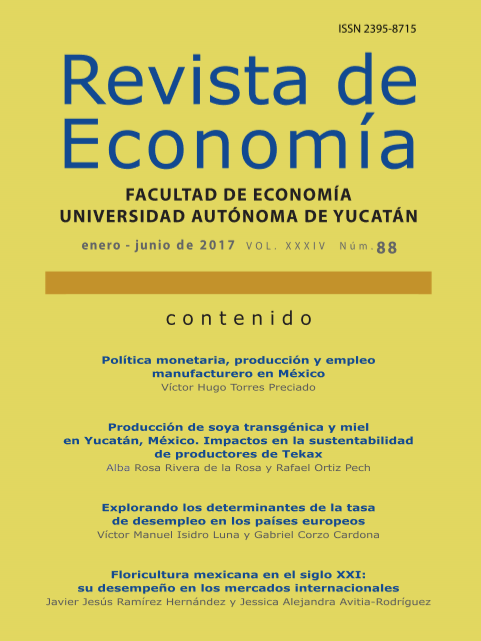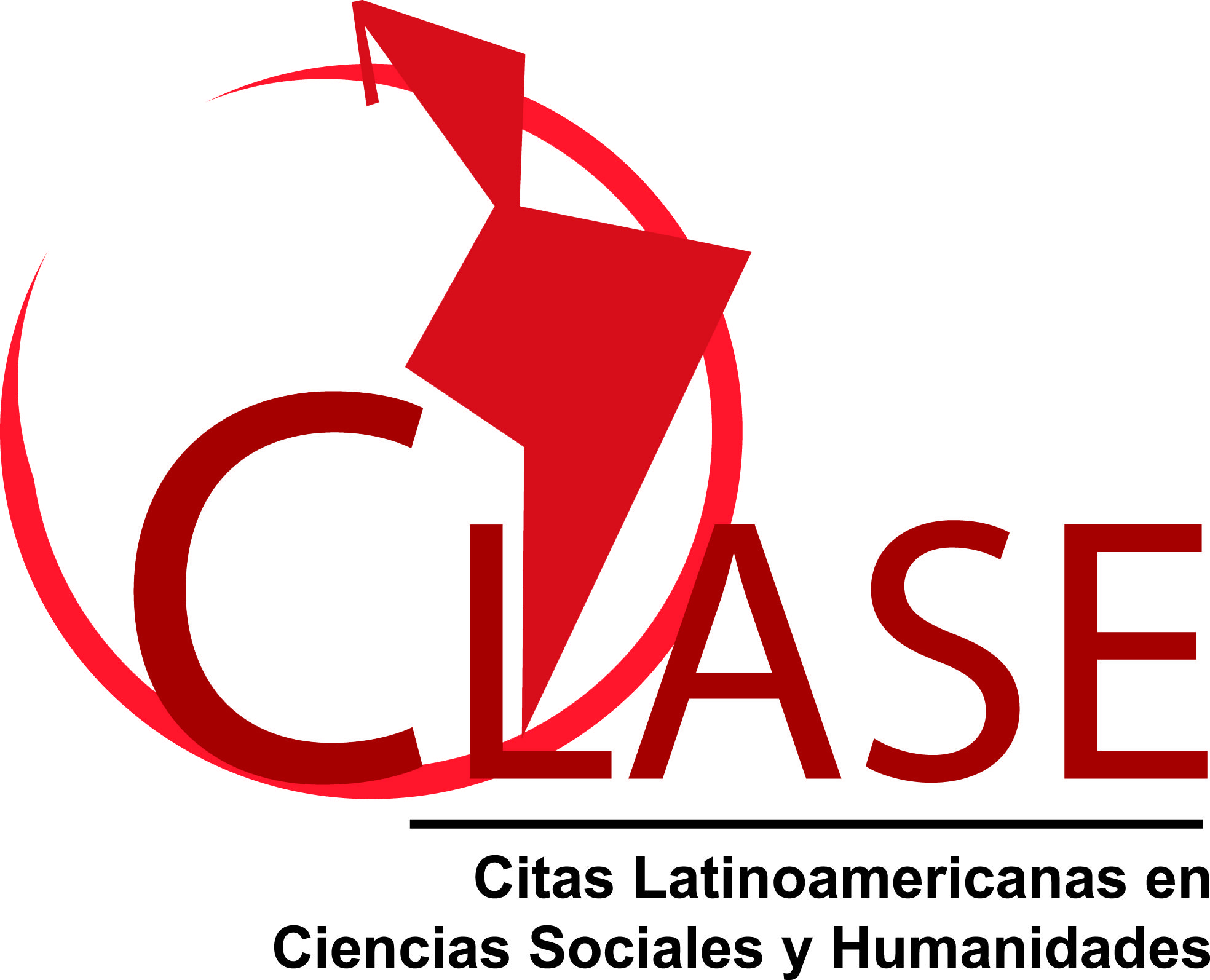Mexican floriculture in the 21st century: its performance in international markets
Abstract
In the final decades of the 20th century, in Mexico there were looked economic profitable activities inside the agricultural sector, provided that traditional plantations and with low productivity they were not allowing improvements of the rural zones. The flower growing, especially south of the State of Mexico, Them Dwell, It populates and Federal District, it was promoted with a view to increasing income of the producers commercializing inside and out of the country. The growth of the international trade of the flower growing has been small since about ten per cent of the production is exported. The aim of present document is to analyze the performance of the Mexican flower growing on the international markets in the first years of the present century. The theoretical base in the international trade is the analysis of the performance of the Mexican flower growing in the international trade with indicators of economic opening, concentration of the trade and complementarity. The methodology consists of the calculation of the above mentioned indicators to determine the situation and the changes of Mexico on the international market of the flower growing. The results indicate that there exists a moderate level of economic opening of the sector, there exists high concentration of the Mexican trade with United States (it reflects a low diversification) and the complementarity is low. The conclusion is that the international trade of the Mexican flower growing is slightly relevant on the international market and is concentrated in United States, to medium term there might be a scene of permanent deficit given the components of trade.
Copyright (c) 2017 Universidad Autónoma de Yucatán

This work is licensed under a Creative Commons Attribution-NonCommercial-ShareAlike 4.0 International License.
D.R. © Revista de Economía
The conditions that are required when granting the attribution license called CC -BY-NC-SA are the following:
1. The Universidad Autónoma de Yucatán must be clearly identified as the owner of the copyright of the original publication.
2. The material may not be used for commercial purposes.
3. Any derivative work must be published and distributed under the same open access license as the original publication.











